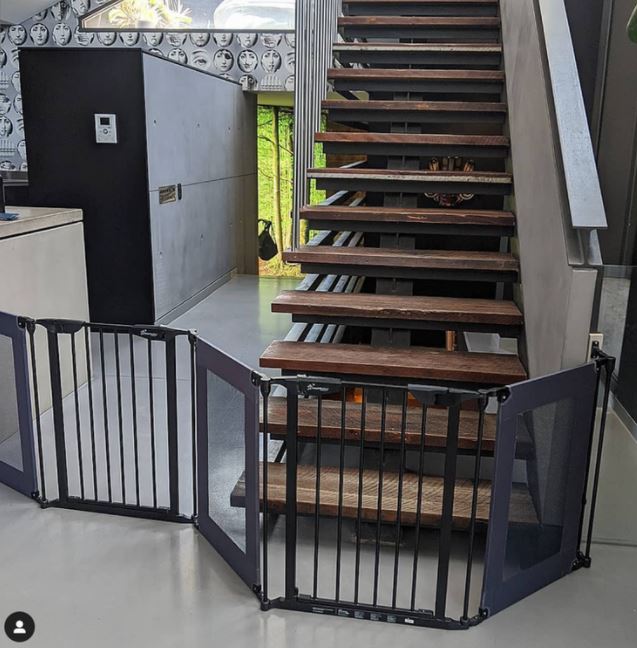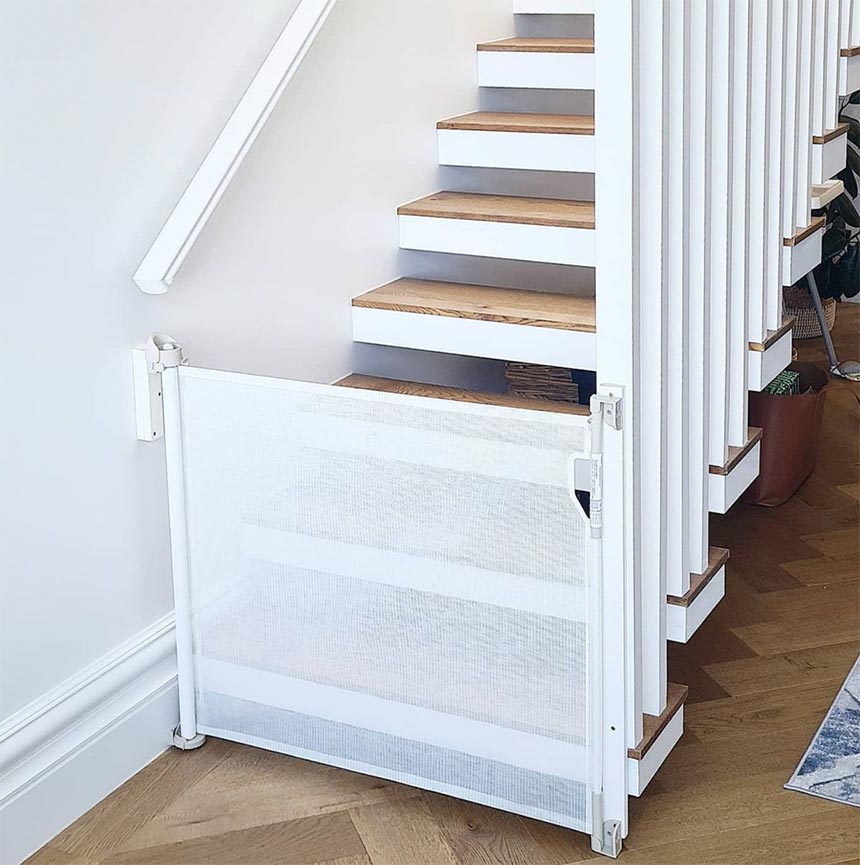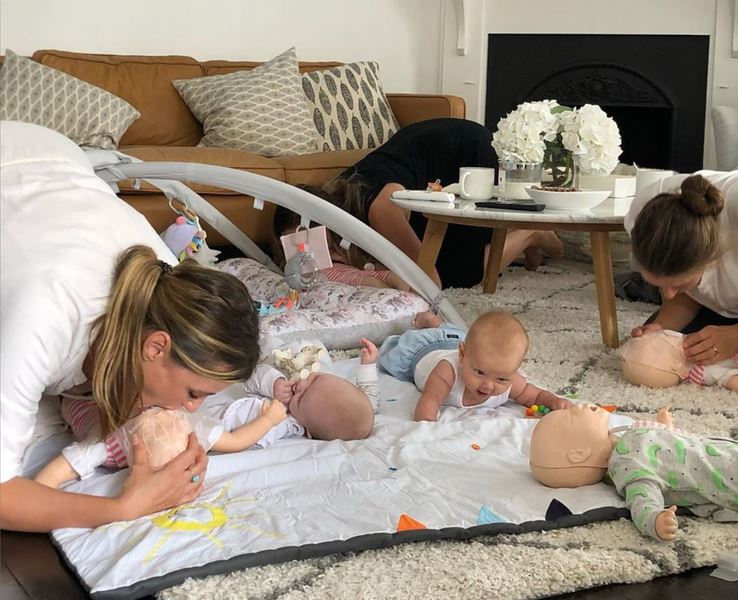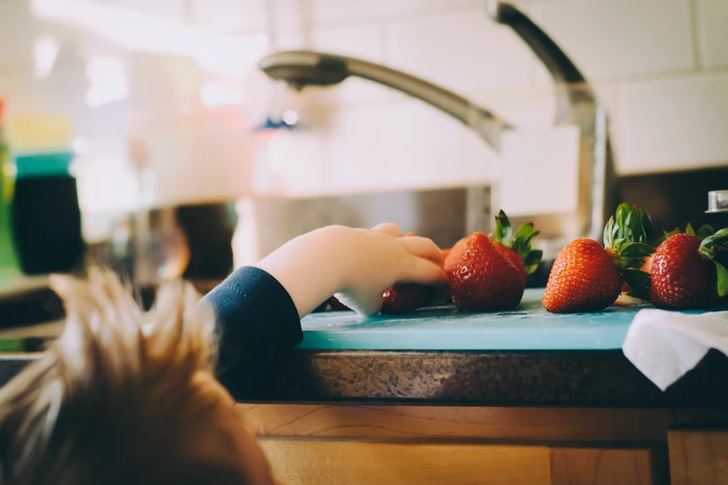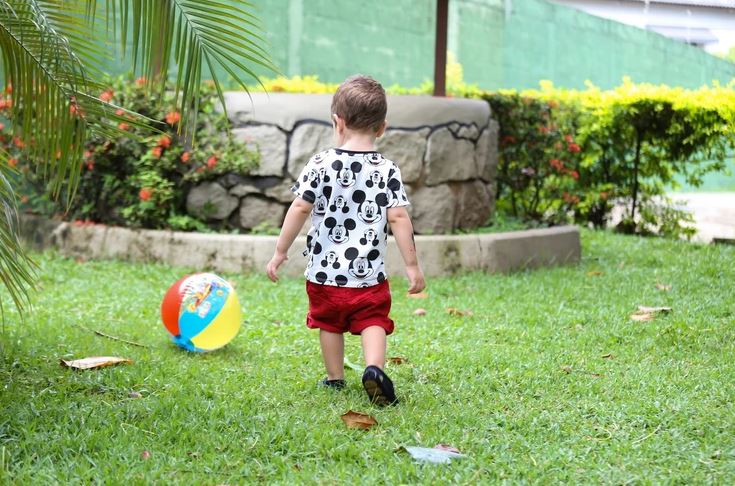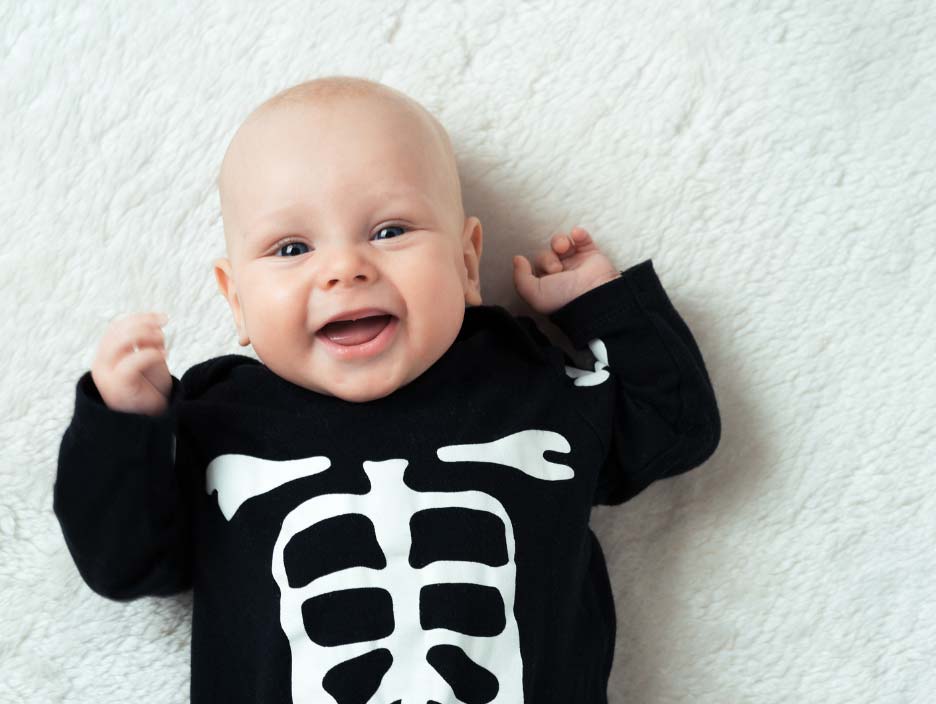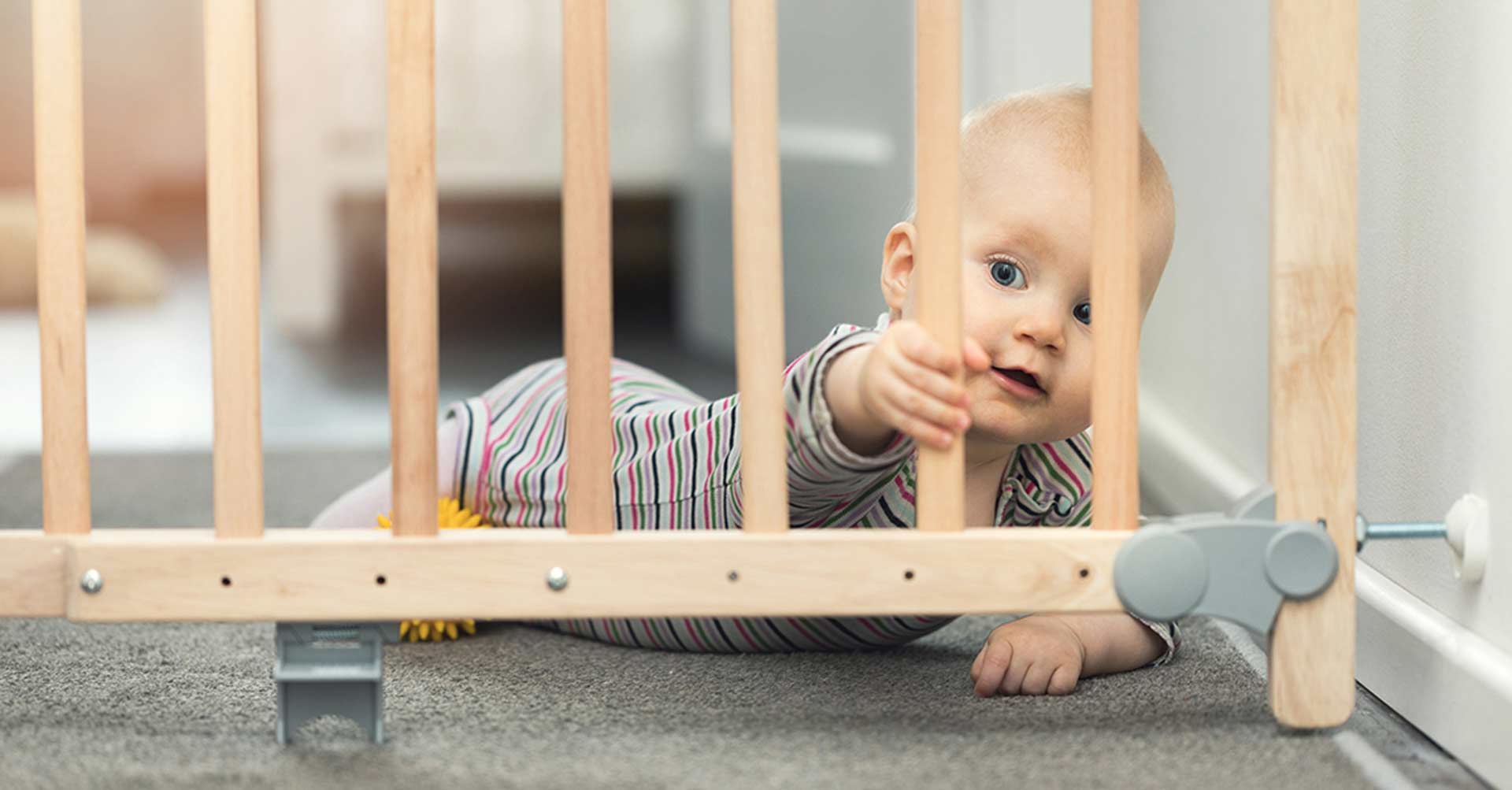As parents, we want nothing but the best for our little ones, especially when it comes to their comfort and sleep. Sleep suits and blankets with added weight have gained popularity in recent years, marketed as providing a cozy, calming experience for babies. However, it’s crucial to understand that these products may not be as safe as they seem. In this article, we’ll explore the potential risks associated with using weight sleep suits and blankets for babies and discuss safer alternatives to ensure your little bundle of joy has a restful and secure sleep.
Risk of Overheating:
- Weighted sleep suits and blankets can lead to overheating in babies, which is a serious concern. Babies are not as efficient as adults in regulating their body temperature, and overheating can increase the risk of sudden infant death syndrome (SIDS). Excess warmth can cause discomfort and disrupt their sleep patterns, leading to restless nights for both baby and parents.
Restricted Movement:
- While some weighted sleep products claim to mimic the feeling of being held, they can also restrict a baby’s natural movements during sleep. Babies need to be able to move their arms and legs freely to explore their environment, and excessive constriction can hinder their development and comfort.
Suffocation Hazard:
- Weighted sleep suits and blankets can pose a suffocation risk, especially for younger infants. Babies may accidentally shift positions and get their face covered by the heavy fabric, increasing the risk of suffocation or difficulty breathing.
Challenges with Transitioning:
- Introducing weighted sleep products can create dependency issues, making it harder for babies to sleep without them. As they grow older and heavier, transitioning away from these items may become difficult, leading to sleep disruptions and challenges for both parents and the child.
Safe Alternatives for Baby’s Sleep:
- Sleep Sacks: Opt for lightweight, breathable sleep sacks without added weight. Sleep sacks provide warmth and comfort without the risk of suffocation and overheating. Look for ones with a suitable TOG rating for the current room temperature.
- Swaddles: Swaddling can be beneficial for younger babies, offering a sense of security without restricting their movement excessively. However, ensure the swaddle is correctly done and allows for natural hip development.
- Firm Mattress and Fitted Sheets: Make sure your baby’s crib has a firm mattress and fitted sheets without any loose bedding, pillows, or stuffed animals. These items can pose suffocation hazards for infants.
- Room Temperature: Maintain a comfortable room temperature (20-22°C) to avoid overheating. Dress your baby in appropriate sleepwear suitable for the room temperature.
While weight sleep suits and blankets may seem appealing for their promise of comfort, the potential risks they pose to baby safety outweigh the benefits. Prioritizing a safe sleep environment is crucial for your baby’s well-being. Opt for safer alternatives like sleep sacks and swaddles, which provide comfort without compromising safety. Remember, the best sleep for your baby is one that is secure, cozy, and free from unnecessary risks.



